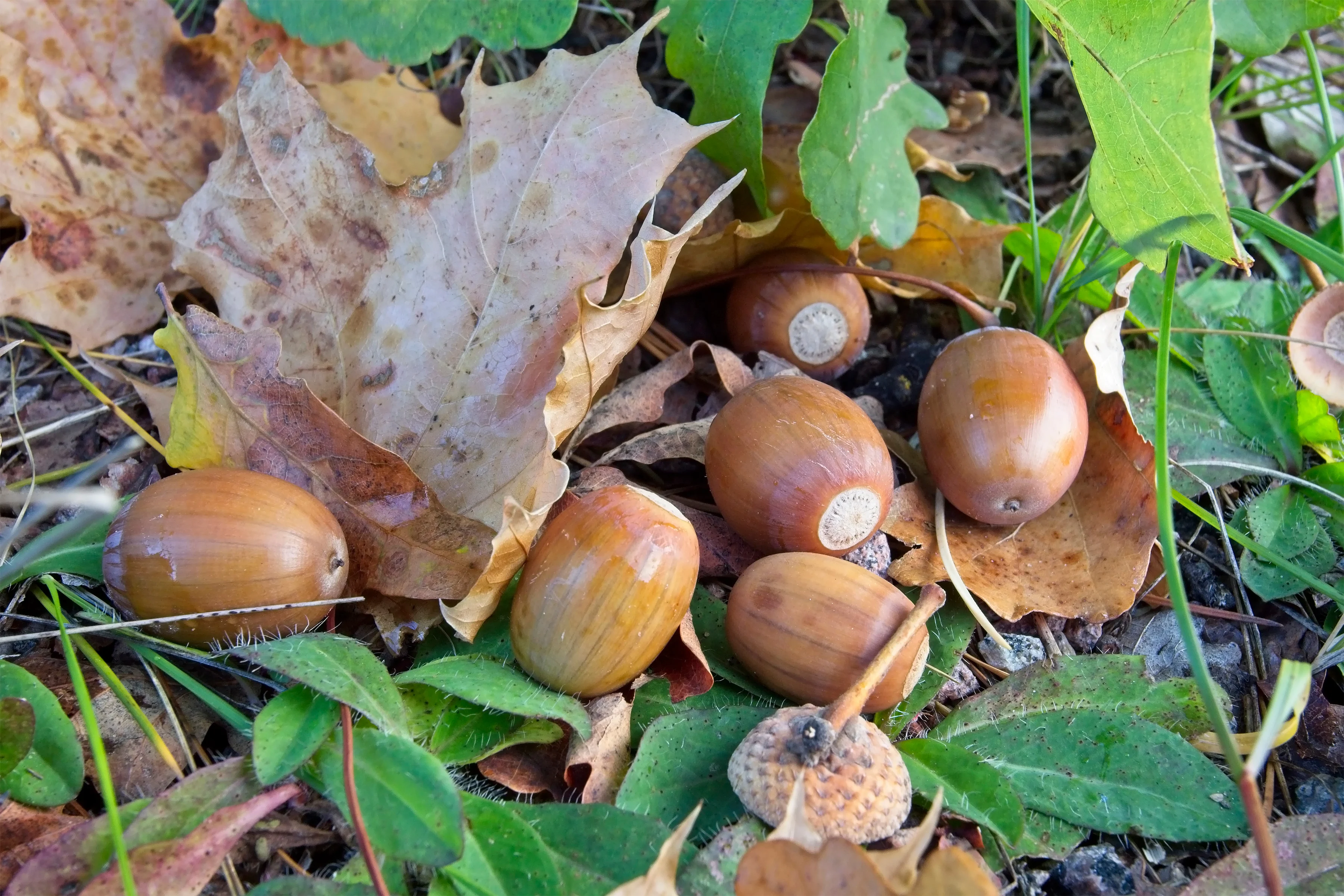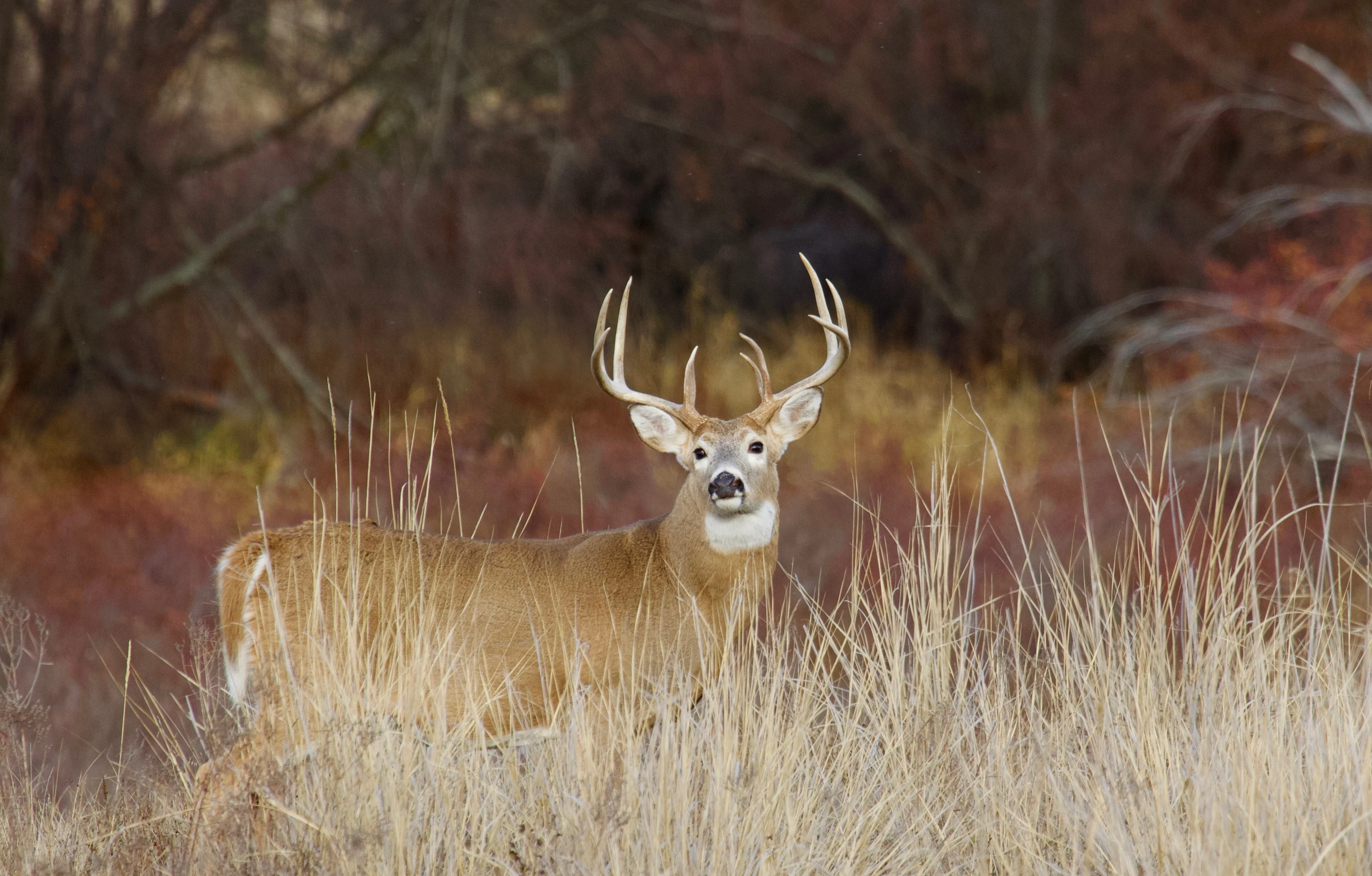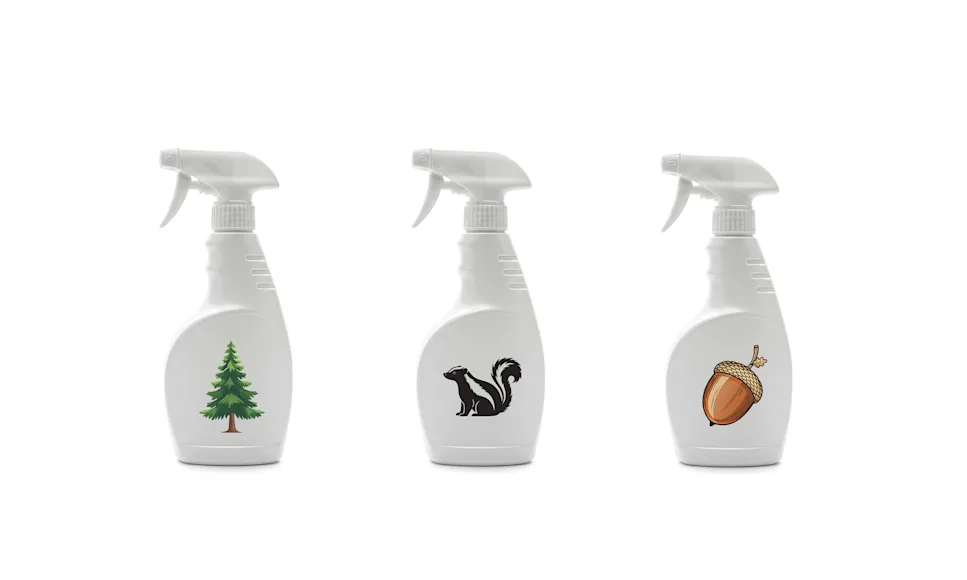Editor’s Note: Back in the spring of 2009, our late, great whitetails columnist Scott Bestul had the brilliant idea of enlisting the noses of drug-sniffing dogs to help shed light on a buck’s ability to detect human odor, as well as our ability to hide it using scent-control products. Knowing that a whitetail's nose is often compared to a dog’s—and has at least as many and probably more olfactory receptor sites—he set up a series of tests. You can read the first here, and the second here. Below is the third.
FRANKLY, I EXPECTED the cover sense to fail miserably. You may remember that in the last Sniff Test, the most popular products designed to reduce or neutralize human odor did not fool Chase, the drug-sniffing German shepherd and Houston County, Minnesota, K-9 cop. The dog found the hidden hunter—and fast—no matter what scent-control product was used. So why should skunk, pine, and acorn scents do what soaps, sprays, and no-scent clothing couldn't? I bought a bunch of cover scents nonetheless and with Chase out sick, I booked a new K-9, Ike, and his handler, Lieutenant Tracy Erickson, for a day of testing. What I got was a real eye opener.
The Hot Box Test

Like last time, we analyzed product performance using the Hot Box game. In this police-dog training exercise, 6 plywood boxes (4x4x4 feet) are spaced evenly in two rows across a large field. My hunting buddy Bob Borowiak, my dad, and I first sat in each box for 2 to 3 minutes to “heat them up” with human scent. Only Borowiak remained hidden in one of the boxes. Ike’s job was to sort through the six boxes full of human odor and pinpoint the “hot” one with the hunter still inside.
Test #1: No Cover Scent
After we heated up the boxes, Borowiak, dressed to hunt but with no scent-eliminating clothing and no type of cover scent, remained in one of them.
The Result: I knew Ike would find him, but I was amazed at how quickly he did. Only 6 seconds elapsed from Erickson’s command until Ike barked and pawed at the enclosure hiding Borowiak, ignoring the other boxes.
Test #2: Pine and Earth Cover Scent
After heating the boxes, we pinned six pine and cedar scent wafers to Borowiak's coat. Then we sprayed him down liberally with earth-scent spray. He smelled like a conifer forest.
The Result: Ike did not speed directly to Borowiak's box like before. Rather, he ran past each enclosure once, double-checking one before finding the hunter. Elapsed time: 25 seconds.
Test #3 Acorn Scent

This time after reheating, we pinned acorn scent wafers to Borowiak's coat and misted him with acorn-based spray. I also soaked a rag with a synthetic acorn sent from an aerosol can and handed it to him before he hid.
The Result: Again Ike ran the entire course, sent-checking all six boxes and double-checking the ones that my dad and I had most recently reheated before finding the hunter. Elapsed time: 45 seconds.
Test #4: Skunk Scent
Finally, I gave Borowiak a canister containing a cotton ball soaked with enough skunk scent to gag an outdoor rider. After we reheated the boxes, Borowiak was off again to hide. The whole test area reeked as though someone had roadkilled a pole cat.
The Result: Timewise, this was a tie with the acorn scent; it took Ike 45 seconds to find Borowiak. However, both Erickson and I noted that Ike snapped his head toward the hunter when he ran by his box the first time, indicating that he'd caught stronger human odor there. Still, he double-checked three more boxes before confirming his suspicion.
Buying Time Can Matter in the Deer Woods

In our previous sniff tests, the dog consistently scented the hidden hunter. The trick, it seems, is to find a way to delay the inevitable. Sent-reducing products failed utterly at this last time, yet pine-and-earth scent proved twice as effective as no cover scent, and both acorn and skunk scents confused the dog for a full half minute longer.
Completely fooling a dog's nose—and by extension a whitetail’s—so far seems impossible, indicating that there's no substitute for keeping a deer upwind. But sometimes bucks show up where we don't intend them to, and all we can hope for is an edge, however slight, that might confuse the animal long enough to set up a shot. Ike proved to me that the smart money, so far, is on cover scents. And if you have to choose between skunk and acorn, go nuts.


